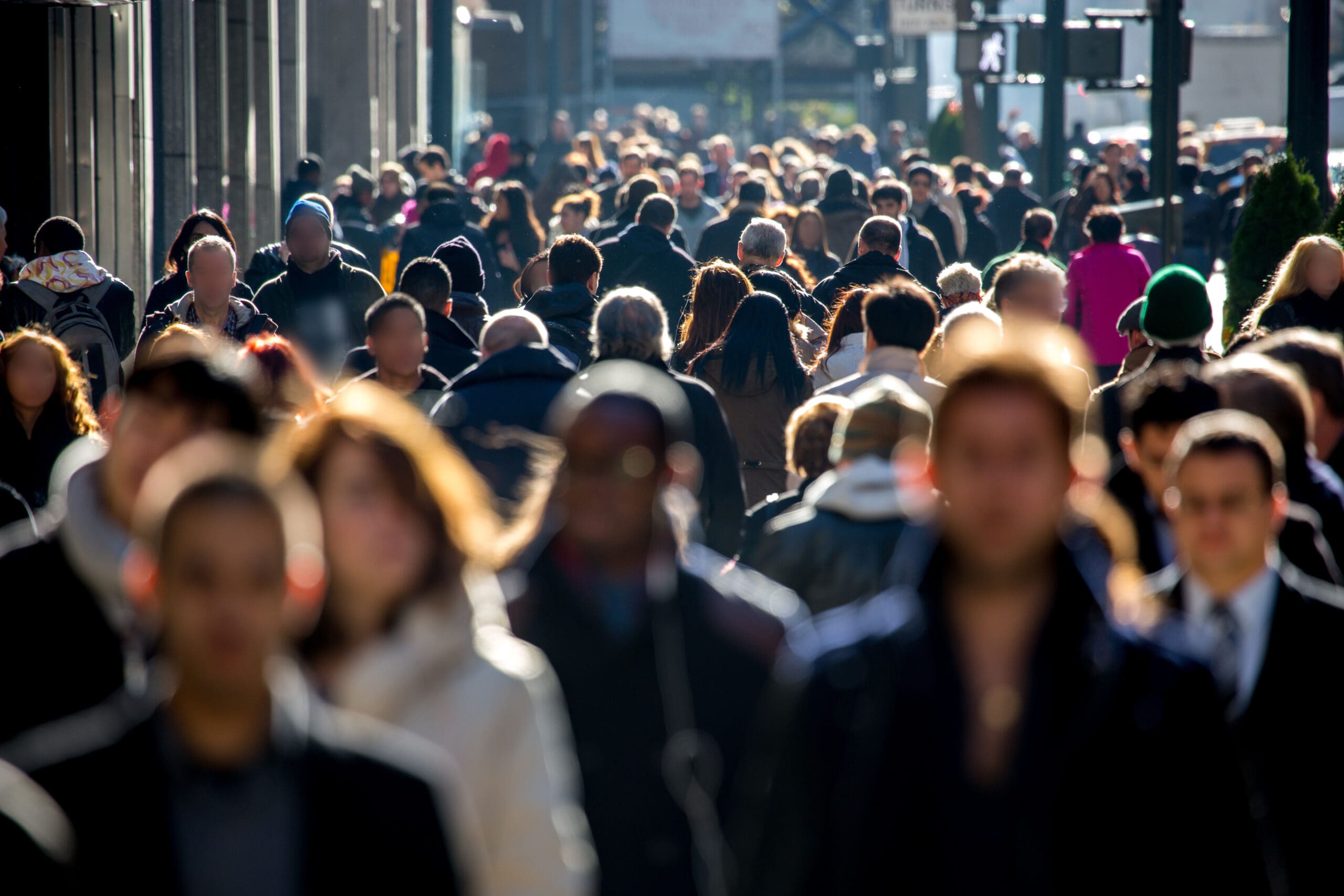New 2016 Census data shows an increasing share of the population comprises racialized, immigrant, and Indigenous people in Canada but the income gap between them and the rest of Canadians remains stubbornly high.
The gap between Indigenous and non-Indigenous people is high
There were 1.7 million Indigenous people in Canada in 2016, accounting for 4.9 per cent of the population, which is up from 3.8 per cent in 2006.
The average total income of Indigenous people was 75 per cent of non-Indigenous people in 2015—that’s a 25 per cent income gap. That is a slight improvement from the 27 per cent gap 10 years before in 2005. However, that average masks larger differences. Indigenous women’s incomes were 55 per cent of non-indigenous men, meaning there is a 45 per cent income gap between Indigenous women and non-Indigenous men. There are other gaps as well. First Nations individuals had an average total income of $31,519 in 2015, which is 66 per cent of the non-Indigenous average total income. In other words, the average income gap between First Nations and non-Indigenous people in Canada is 33 per cent.
This data shows Indigenous people continue to be more likely to live in poverty as measured by the after-tax low-income measure (LIM-AT). Indigenous people have a low-income rate of 23.6 per cent, which is much higher than the 13.8 per cent for non-Indigenous people. The poverty rate for Indigenous children is 30.4 per cent—that’s almost double the poverty rate for non-Indigenous children.
The gap between racialized and non-racialized Canadians isn’t budging
After 10 long years, we once again have Census data that can tell us about the economic lives of racialized Canadians. Between 2006 and 2016, the racialized population in Canada increased from 5 million to 7.7 million. That population grew faster than the total population, increasing from 16.2 to 22.7 per cent of the total. However, the income gap between the racialized and non-racialized Canadians isn’t budging. In fact, the gap slightly widened.
The average total income of racialized Canadians was 74 per cent of non-racialized Canadians in 2015—that’s a 26 per cent income gap. That is up from a 25 per cent gap in 2005. However, the average masks larger differences by race and gender. Racialized women’s incomes were 53 per cent of non-racialized men, meaning there is a 47 per cent income gap between racialized women and non-racialized men.
This income gap is also reflected in low-income rates. Racialized Canadians had a low-income rate of 20.8 per cent in 2015, compared to a low-income rate of 12.2 per cent for non-racialized Canadians.
The income gap between recent immigrants and non-immigrants remains high.
In 2016, there were 1.2 million new immigrants who had arrived in Canada in the last five years, accounting for 3.5 per cent of the total population. The average total income of recent immigrants was 63 per cent of non-immigrants in 2015—that’s a 37 per cent income gap. It’s a slight improvement from the 39 per cent gap in 2005. However, that average masks larger differences by gender.
Women who are recent immigrants had a total average income that was 41 per cent of non-immigrant men in 2015, meaning there is a 59 per cent income gap between immigrant women and non-immigrant men in Canada.Recent immigrants also have higher low-income rates. At 31.4 per cent, that’s more than double the 12.5 per cent poverty rate for non-immigrants.
Time to close the gap
These summary statistics provide us with evidence that income inequality in Canada is persistent for racialized people, recent immigrants, and Indigenous people. We need to dive into these numbers more deeply to more fully understand the mechanisms and manifestations of persistent income inequality, but these findings should not be a surprise to any Canadian. There is ample evidence that includes the work of the CCPA.
Six years ago Grace-Edward Galabuzi and I published a report, Canada’s Colour-Coded Labour Market, which documented employment and income inequality for racialized Canadians. The CCPA’s David McDonald has partnered with Dan Wilson to document Indigenous child poverty and the income gap between Indigenous and non-Indigenous people for many years.
The latest Census data simply confirms the reality that racialized people, people who are recent immigrants, and Indigenous people continue to face discrimination and that income inequality doesn’t just magically reverse itself. That takes political leadership.
It’s time for the federal and provincial governments to make concrete commitments to implement policies that will reduce income inequality in ways that will show measurable progress in the 2021 Census. This will require policy development, implementation, and hard dollars.
Sheila Block is a senior economist with the CCPA-Ontario. Follow Sheila on Twitter: @SheilaBlockTO


